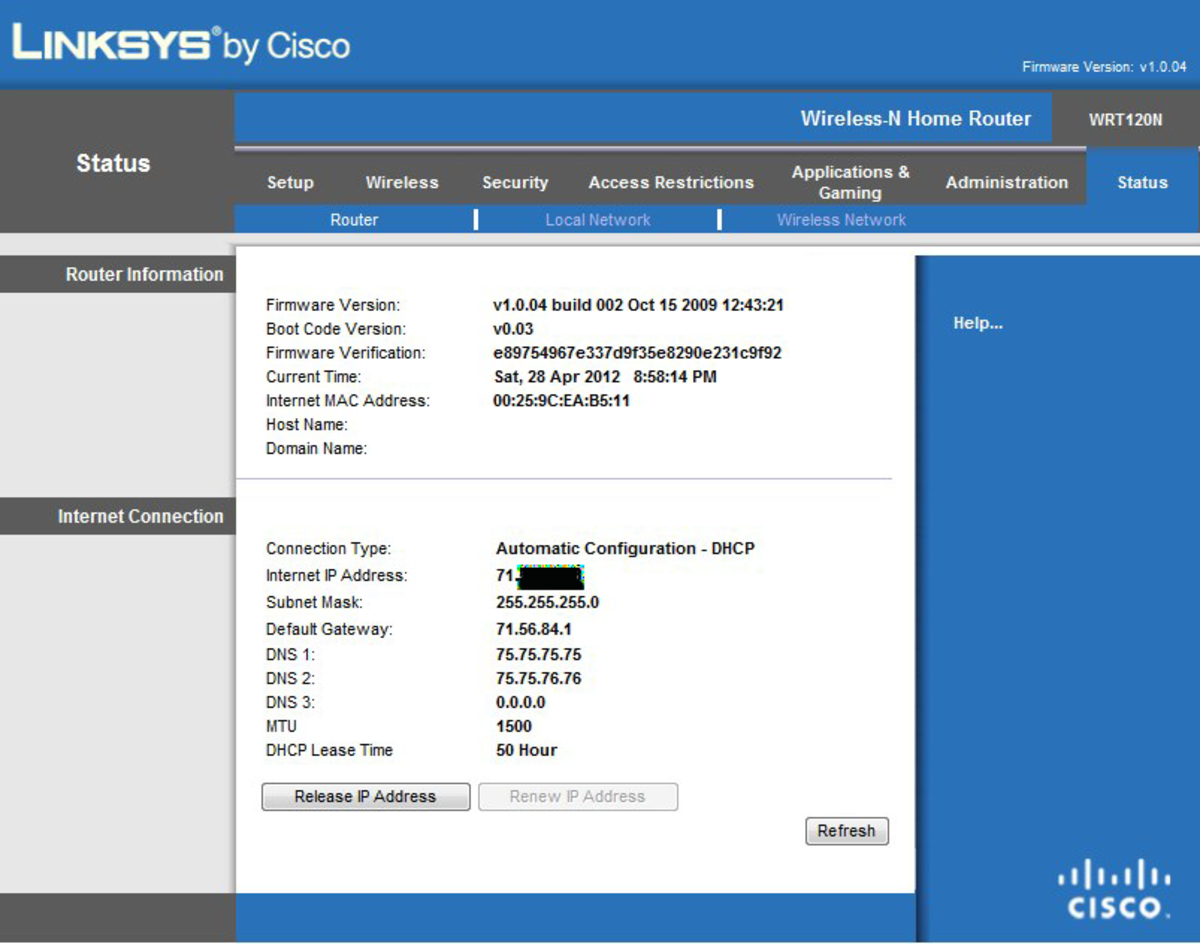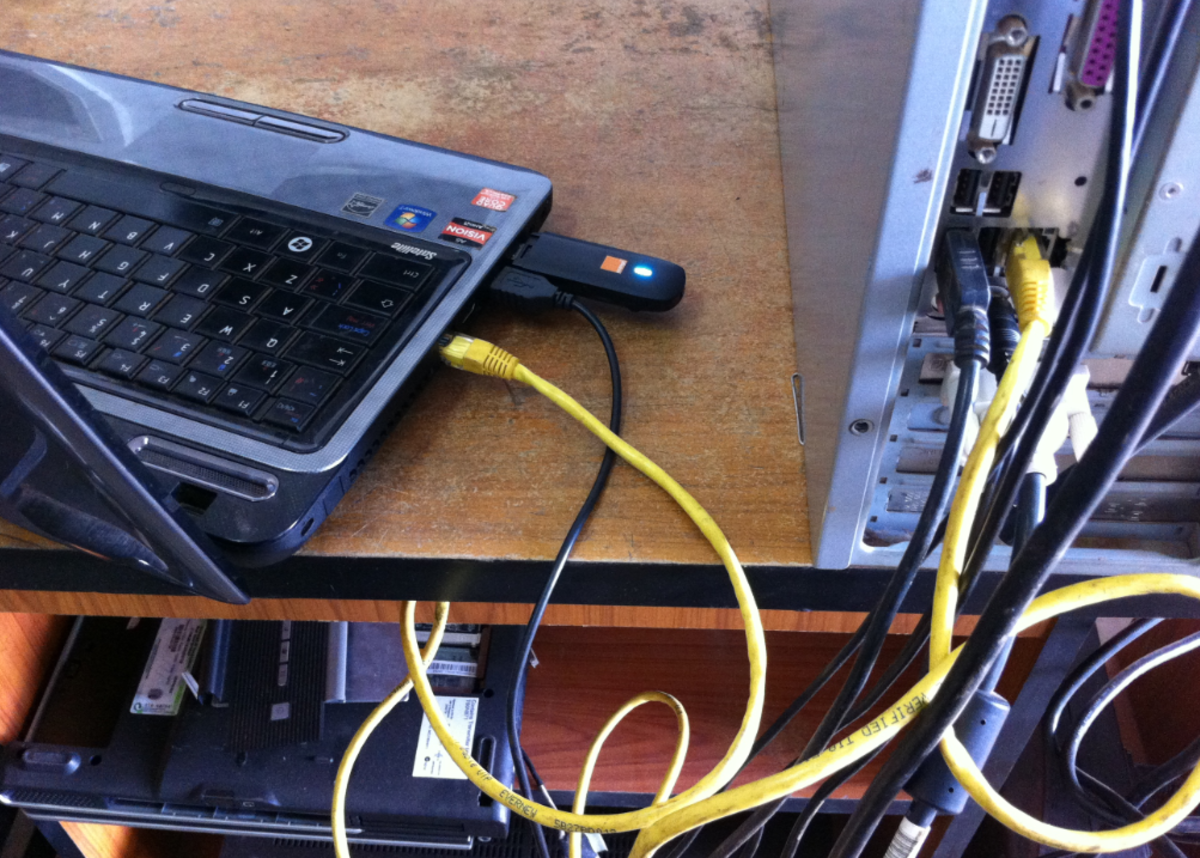Remote Desktop Troubleshooting
Windows XP was the first operating system to introduce a unique feature that has helped thousands. The feature is called remote desktop. It has been available all the way to the current operating system of windows 7. The function of remote desktop in windows is a feature that allows you to connect a remote computer anywhere in the world. It is run by the RDP protocol as well as terminal services.
This handy tool has saved hundreds who have gotten to the office and forgot to copy there presentation onto a USB drive. They are simply able to connect to the Remote desktop and grab the information they need and bring it to them. As brilliant as remote desktop is it can sometimes be troublesome when it encounters errors. There are some terrific troubleshooting techniques you can use to troubleshoot remote desktop.

The Remote Computer Cannot be Found:
1. This is the most common error message that people see when they start to encounter issues while using remote desktop. This error is basically telling you that the information that was entered into establish the remote connection could be entered incorrectly. So, the first step is to double check your information and your spelling to make sure those are correct. This includes any user name and passwords needed as well as the remote computers name or ip address.
2. If, the name of the computer you are trying to connect to is not resolving or being recognized the best approach is to see if an ip address will connect. Most computers, however, use a dynamic ip address, so you should always double check the ip address of the workstation you are connecting to because the lease on any specific ip address is usually less than thirty days.
3. The next possible road block that you may encounter for the remote computer cannot be found is a firewall. This could be the local firewall you are using on the machine that is trying to connect or the one on the host machine. So always check your local firewall land that it is allowing outbound/inbound traffic for your remote desktop. Most companies that allow VPN will have you establish a VPN connection from outside that is secure, so no firewall issues should prevent you from it on the receiving end. Most of the time, it is a local firewall that is preventing you from connecting. This includes checking the built in firewall that comes with the windows Operating system in windows XP SP2 and windows 7.
Authentication Problems:
The remote desktop connection is pretty straight forward connection to establish. You simply type in the name of the host or the ip address and hit connect. When you establish the connection there can be other problems as well the most significant is that of authentication issues.
The error you will receive is as follows: The local Policy does not permit you to log on interactively.
Bummer, right? Very easy solution, though, simply add your user name and account to the remote desktop permissions. Do that you need to go to start> Control Panel> and Remote. If you are already added there, then you may need to add your computer to the administrator group. It can only be one of those two that are causing the issue so easy to find and resolve
Data Encryption:
One of the most dreaded issues that can arise with today remote desktop is when there is an issue with data encryptions. This is becoming a more common place issue as the every changing security landscape is evolving many companies are protecting a lot of their date with disk encryptions.
Error: Because of an error in data encryption, this session will end. Please try connecting to the remote computer again.
1. This error is most commonly the result of using an out dated version of terminal service. So, if you are using windows 2000 or lower you will need to get the newest service pack or individual download for the newest terminal service software from Microsoft. Many people prefer the connection with the administrator tool pack that Microsoft also released, but it’s your choice.
2. The other biggest issue is that there are requirements that many companies are implementing when establishing a remote connection with a server or workstation with encryption. The initial connection will be establish but and read/write access will be denied unless both computer has the same type of encryption software on them. If, this is the case you will need to check with your local administrator, to get the correct software installed and functional.
So, next time you are having some issues with using remote desktop connection check out some of these common errors and resolutions.







